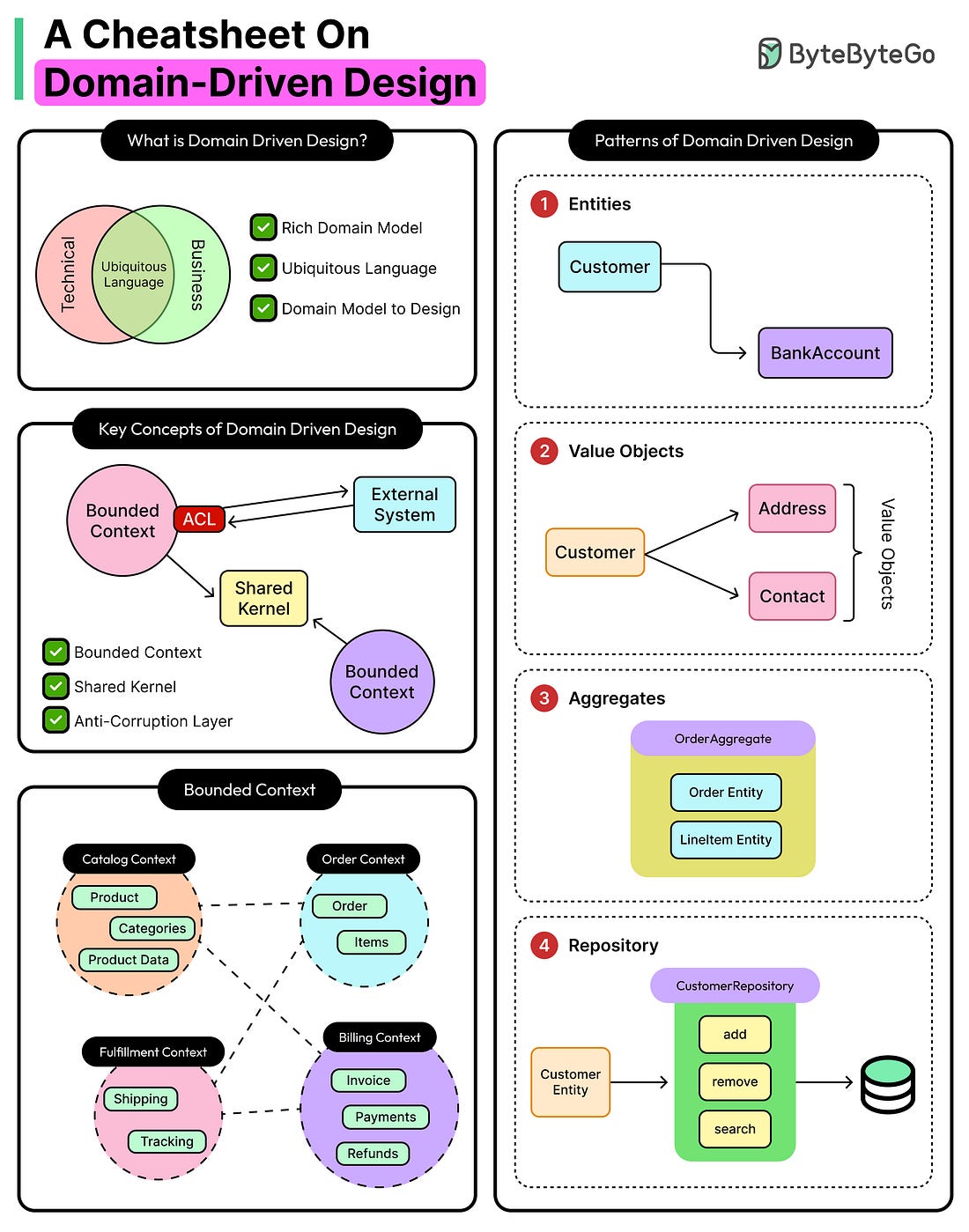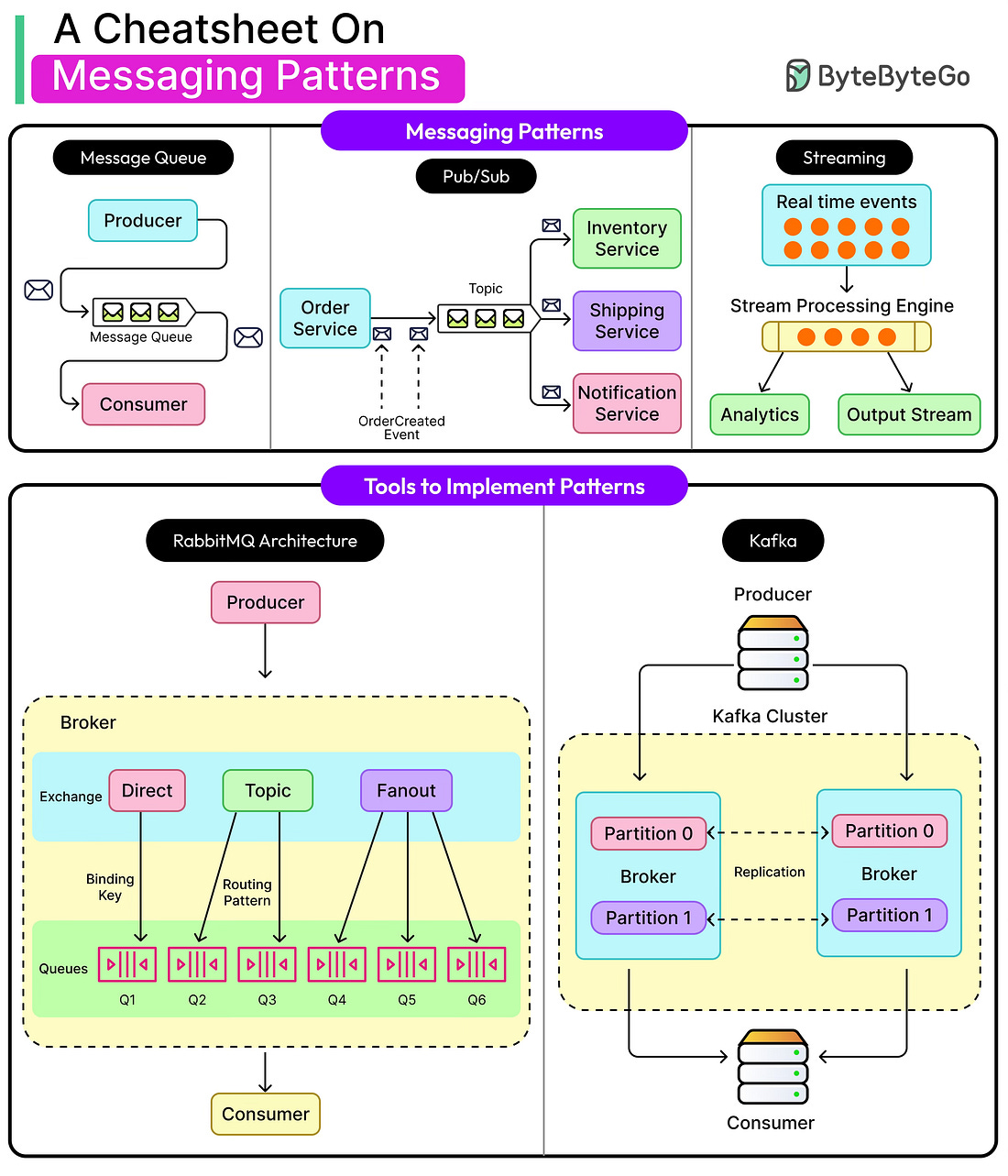- Mailing Lists
- in
- Messaging Patterns Explained: Pub-Sub, Queues, and Event Streams
Archives
- By thread 4825
-
By date
- June 2021 10
- July 2021 6
- August 2021 20
- September 2021 21
- October 2021 48
- November 2021 40
- December 2021 23
- January 2022 46
- February 2022 80
- March 2022 109
- April 2022 100
- May 2022 97
- June 2022 105
- July 2022 82
- August 2022 95
- September 2022 103
- October 2022 117
- November 2022 115
- December 2022 102
- January 2023 88
- February 2023 90
- March 2023 116
- April 2023 97
- May 2023 159
- June 2023 145
- July 2023 120
- August 2023 90
- September 2023 102
- October 2023 106
- November 2023 100
- December 2023 74
- January 2024 75
- February 2024 75
- March 2024 78
- April 2024 74
- May 2024 108
- June 2024 98
- July 2024 116
- August 2024 134
- September 2024 130
- October 2024 141
- November 2024 171
- December 2024 115
- January 2025 216
- February 2025 140
- March 2025 220
- April 2025 233
- May 2025 175
Unlock the full potential of your ZIP code data
Explore partnership opportunities:WELLDONE ELECTRONICS LTD
Messaging Patterns Explained: Pub-Sub, Queues, and Event Streams
Messaging Patterns Explained: Pub-Sub, Queues, and Event Streams
Latest articlesIf you’re not a subscriber, here’s what you missed this month.
To receive all the full articles and support ByteByteGo, consider subscribing: Modern software rarely lives on one machine anymore. Services run across clusters, web applications are dynamically rendered on the browser, and data resides on a mix of cloud platforms and in-house data centers. In such a scenario, coordination becomes harder, latency becomes visible, and reliability is crucial. In this environment, messaging patterns become a key implementation detail. When two services or applications need to talk, the simplest move is a direct API call. It’s easy, familiar, and synchronous: one service waits for the other to respond. But that wait is exactly where things break. What happens when the downstream service is overloaded? Or slow? Or down entirely? Suddenly, the system starts to stall: call chains pile up, retries back up, and failures increase drastically. That’s where asynchronous communication changes the game. Messaging decouples the sender from the receiver. A service doesn’t wait for another to complete work. It hands off a message and moves on. The message is safely stored in a broker, and the recipient can process it whenever it's ready. If the recipient fails, the message waits. If it’s slow, nothing else stalls. However, not all messaging systems look the same. Three main patterns show up frequently:
Each pattern solves a different problem and comes with trade-offs in reliability, ordering, throughput, and complexity. And each maps to different real-world use cases, from task queues in background job systems to high-throughput clickstream analytics to real-time chat. In this article, we will look at these patterns in more detail, along with some common technologies that help implement these patterns. Core Concepts... Continue reading this post for free in the Substack app© 2025 ByteByteGo |
by "ByteByteGo" <bytebytego@substack.com> - 11:35 - 8 May 2025

